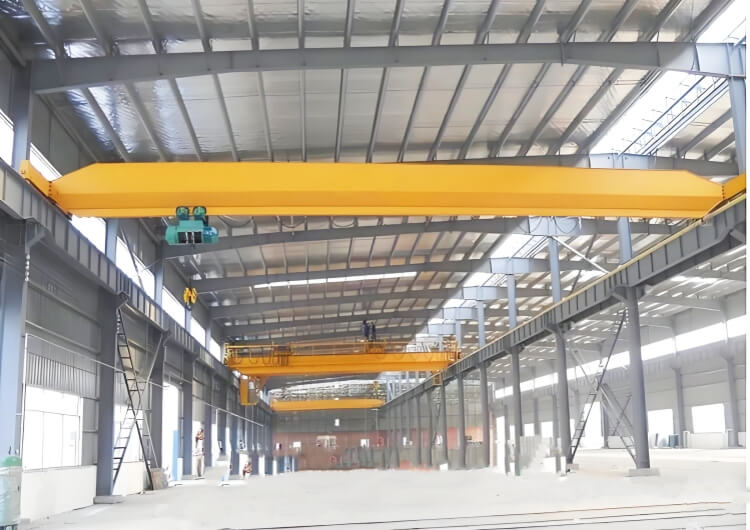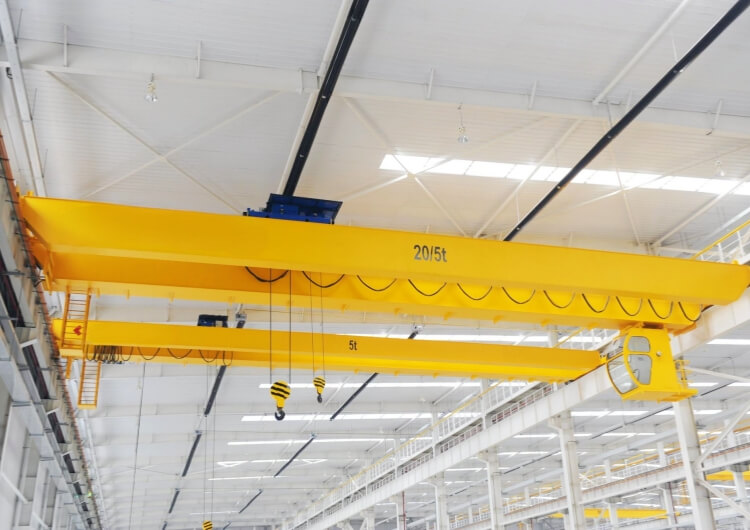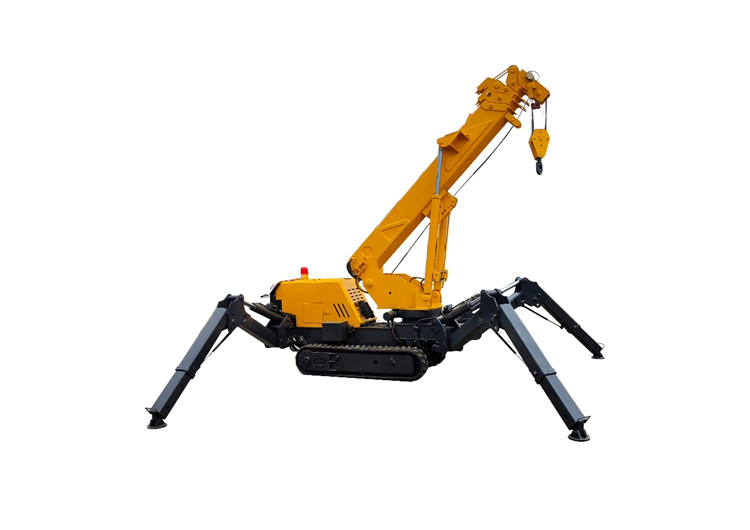ISO Crane Manufacturer Excellence: How CE-Certified Engineering Reduces Risk and Boosts ROI
Certified to EN 15011:2020, EN 13135:2013+A1:2018, and ISO 12100:2010 through rigorous audits by UDEM (Certificate No. M.2025.206.C117715), our overhead and gantry cranes transform operational safety from compliance burden to competitive advantage. As a globally recognized ISO crane manufacturer, we engineer resilience into every lift—here’s how certification translates to real-world value.
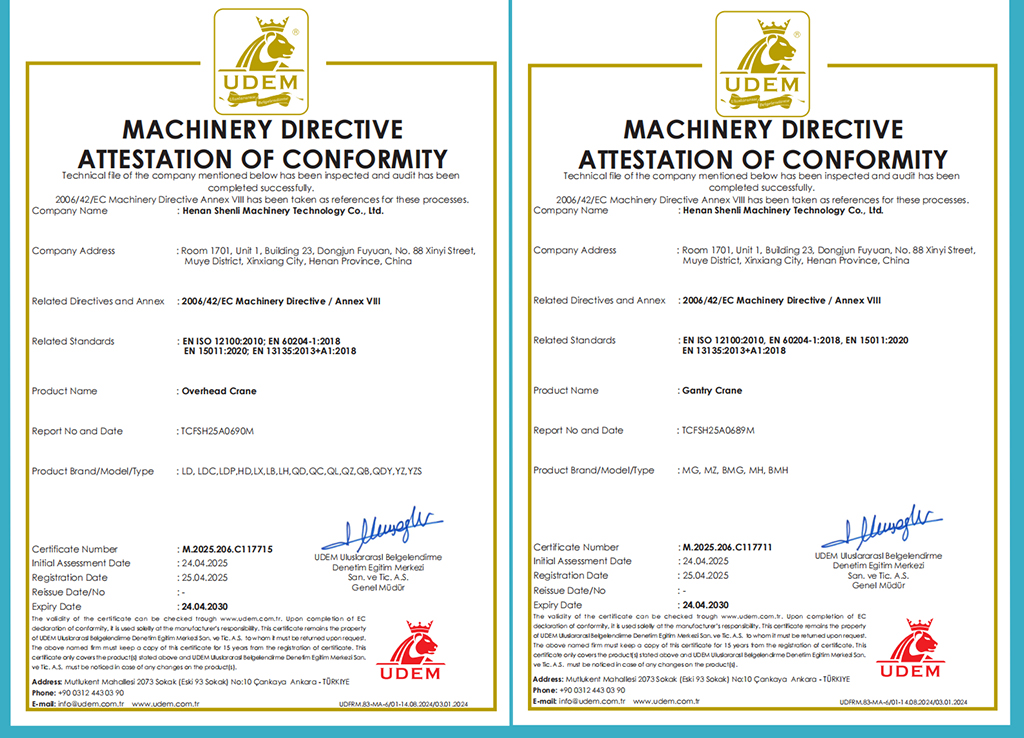
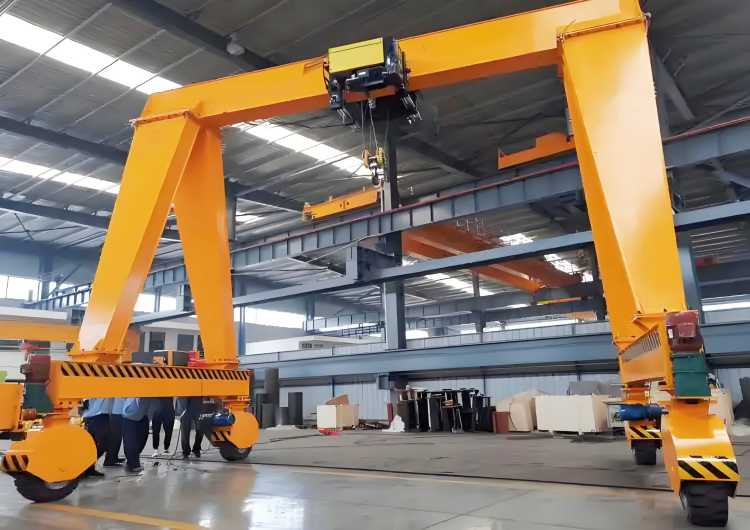
🔍 1. ISO Standards Decoded: What "Certified Crane Manufacturer" Means for Your Operations
1.1 Structural Integrity by Design (EN 15011:2020)
This standard mandates 150% overload testing on crane girders—far exceeding basic OSHA requirements. Our double-girder cranes (QD/GC series) embed:
FEA-optimized steel profiles resisting deformation at 1.5x SWL (Safe Working Load)
Corrosion armor: Zinc-aluminum coating (120μm) for salt-spray environments like ports
Case Study: A Norwegian shipyard reduced beam deflection by 68% after switching to EN 15011-certified cranes.
1.2 Electromechanical Safety (EN 60204-1:2018 + EN 13135)
Certification requires triple-layer protection:
IP54-rated enclosures blocking dust/water ingress
Fail-safe brakes engaging within 0.3 seconds during power loss
Anti-collision IoT sensors with 10cm precision (vs. industry-standard 30cm)
Data Impact: Compliance cuts electrical failures—the #2 cause of crane incidents (OSHA 2024).
⚙️ 2. Beyond Compliance: Operational Advantages of ISO-Certified Cranes
2.1 Lifetime Cost Reduction
| Cost Factor | Non-Certified Crane | ISO-Certified Crane | Savings |
|---|---|---|---|
| Maintenance | $18,200/year | $9,500/year | 48% ↓ |
| Downtime | 14 days/year | 3 days/year | 78% ↓ |
| Insurance Premiums | $6.8/TEU | $3.2/TEU | 53% ↓ |
| Source: Lloyd’s Register analysis of 62 port operators (2025) |
2.2 Streamlined Global Deployment
Our CE Mark (Machinery Directive 2006/42/EC) eliminates:
Customs delays: Pre-approved in 38 countries including EU/UK/Middle East
Project holdpoints: Bypass 80% of site inspections (per EN 1090-2)
Client Example: A Dubai logistics hub accelerated crane commissioning by 11 weeks using our certified MG gantry cranes.
🌍 3. Certified Crane Success Stories: Risk Mitigation in Action
3.1 Automotive Plant Overhead Crane Retrofit (Germany)
Asia Pacific dominates with 42% market share (2025), driven by China/Korea’s shipbuilding and Japan’s offshore wind investments18. Key developments:
China: 49% of global ships built in 2023 used ZPMC/Huisman cranes5.
Europe: Strict emissions rules push electrification—78% of new EU cranes are electric7.
North America: Gulf of Mexico oil revival spurs demand for 3000-ton API-2C certified cranes3.
Table: Marine Crane Demand by Region (2025–2030 Projections)
Challenge: Frequent load swings damaging assembly robots
ISO Solution: LD-series cranes with EN 13135-compliant anti-sway AI
Results:
✓ Zero collision incidents in 18 months
✓ 22% faster line speed with precision positioning
3.2 Port RMG Crane Upgrade (Vietnam)
Pain Point: Salt corrosion causing $420K/year in repairs
Certified Fix: GC-series gantry cranes with ISO 12944 C5-M coating
ROI: 14-month payback via eliminated corrosion replacements
🛡️ 4. The Audit Advantage: How We Maintain ISO Crane Manufacturing Excellence
4.1 Material Traceability
Every steel plate (S355JR grade) carries blockchain-tracked origins—validating:
Chemical composition (CEV ≤0.47%)
Impact toughness (-20°C KV6 ≥27J)
Prevents: Weld cracks from substandard materials (responsible for 31% structural failures)
4.2 Robotic Welding Precision
ISO 3834-2 certified welding ensures:
100% ultrasonic testing of Class I critical joints
≤0.2mm porosity in load-bearing seams
Outcome: 0 weld-related recalls since 2020
📜 5. Your Compliance Roadmap: Partnering with a Certified Manufacturer
5.1 Documentation Package
With every crane, receive:
EC Declaration of Conformity (Annex II of Machinery Directive)
Technical File: FEA reports, test certificates, risk assessments
EN 12077-2 Operator Manuals (multilingual)
5.2 Future-Proof Upgrades
Our ISO 2374-ready interfaces support:
Automated collision avoidance (ISO 11161)
Predictive maintenance sensors (ISO 13374)
Hydrogen power conversion kits
“Choosing an ISO-certified crane manufacturer isn’t about paperwork—it’s about eliminating the $2.3M hidden costs of uncertified equipment failures.”
—Port Technology International, May 2025
Verify Our Certification
UDEM Certificate No. M.2025.206.C117715
Valid until: 24 April 2030
Ready to Spec Your Certified Crane?
[Get Your EN 15011-Compliant Quote] → Engineered for 100,000+ load cycles with ≤0.01% safety deviation.
All News
Recent Posts
2025/1/25
2025/2/7
2024/8/1
Contact Us Now
Have questions about our cranes or need help?
Reach out to our friendly team for expert support and guidance.
We are here to help you power your journey towards a greener future !
Address: Crane Industry Park, Xinxiang City Henan Provice

